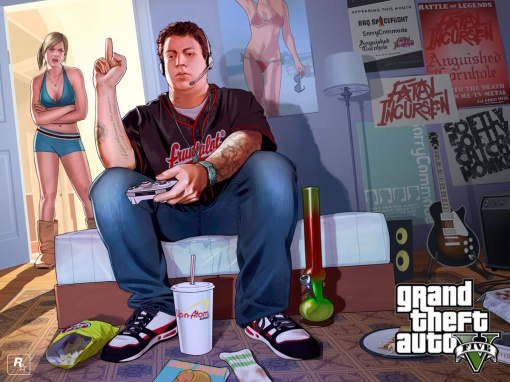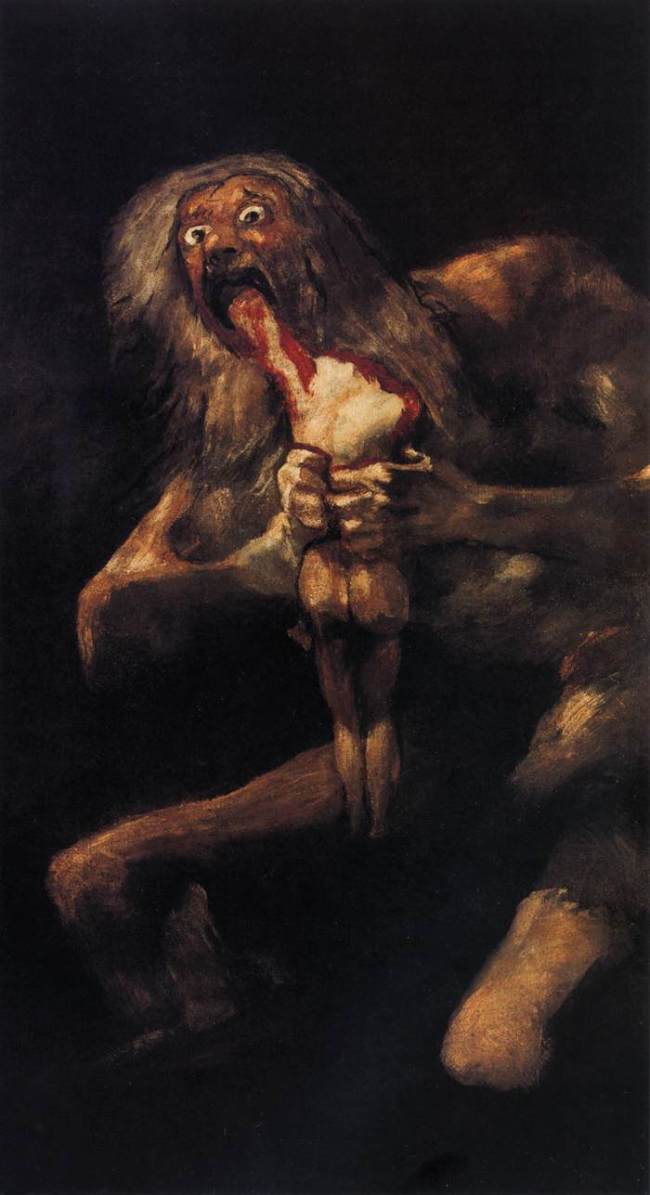This post doesn’t have any spoilers that I am aware of.
I.
I’ve played something like ten hours of Grand Theft Auto V and while I don’t feel like I have a good read on the structure of the game, where it is going, etc., I do have another feel: boredom. I have mostly been bored.
There have been some great moments–switching between characters on a mission, the heists, riding an ATV, playing tennis. Mostly, though, it has been a great morass of driving around and doing very predictable, dare I say GTA-style, missions. Most have lacked excitement. “Go here,” the game says, “and kill this guy.” Or even worse: “Go here and do a fine-grained and intensive yet utterly unexciting task like towing or dockworking.” This isn’t how I want to be spending my stimulation simulation time.
II.
This past summer I played some Grand Theft Auto…
View original post 1,428 more words






